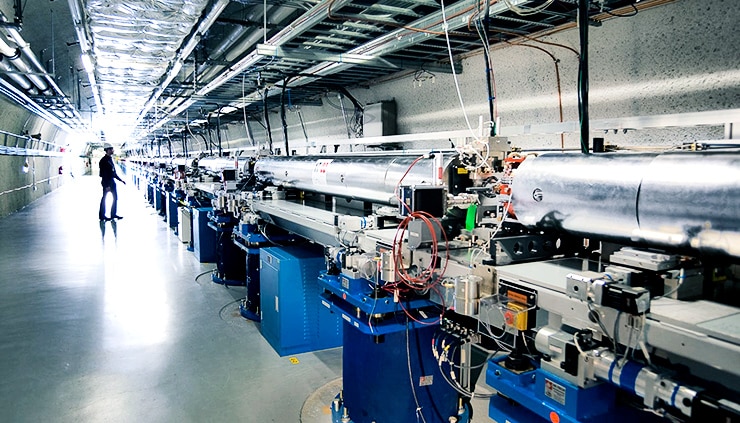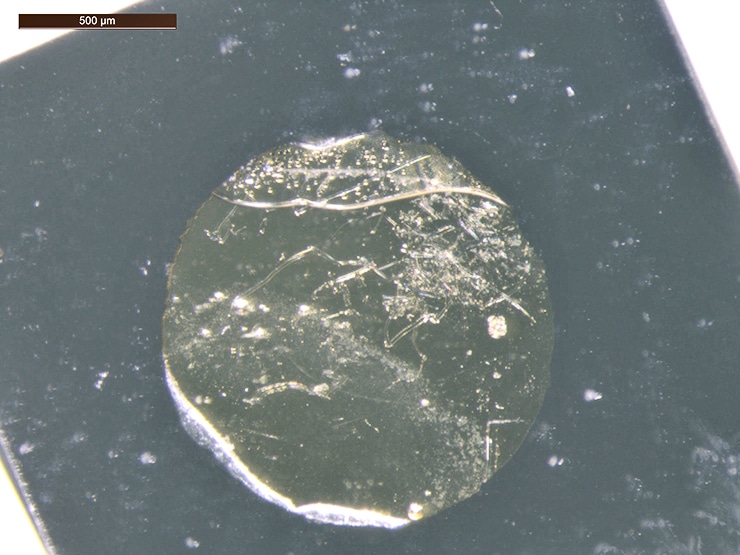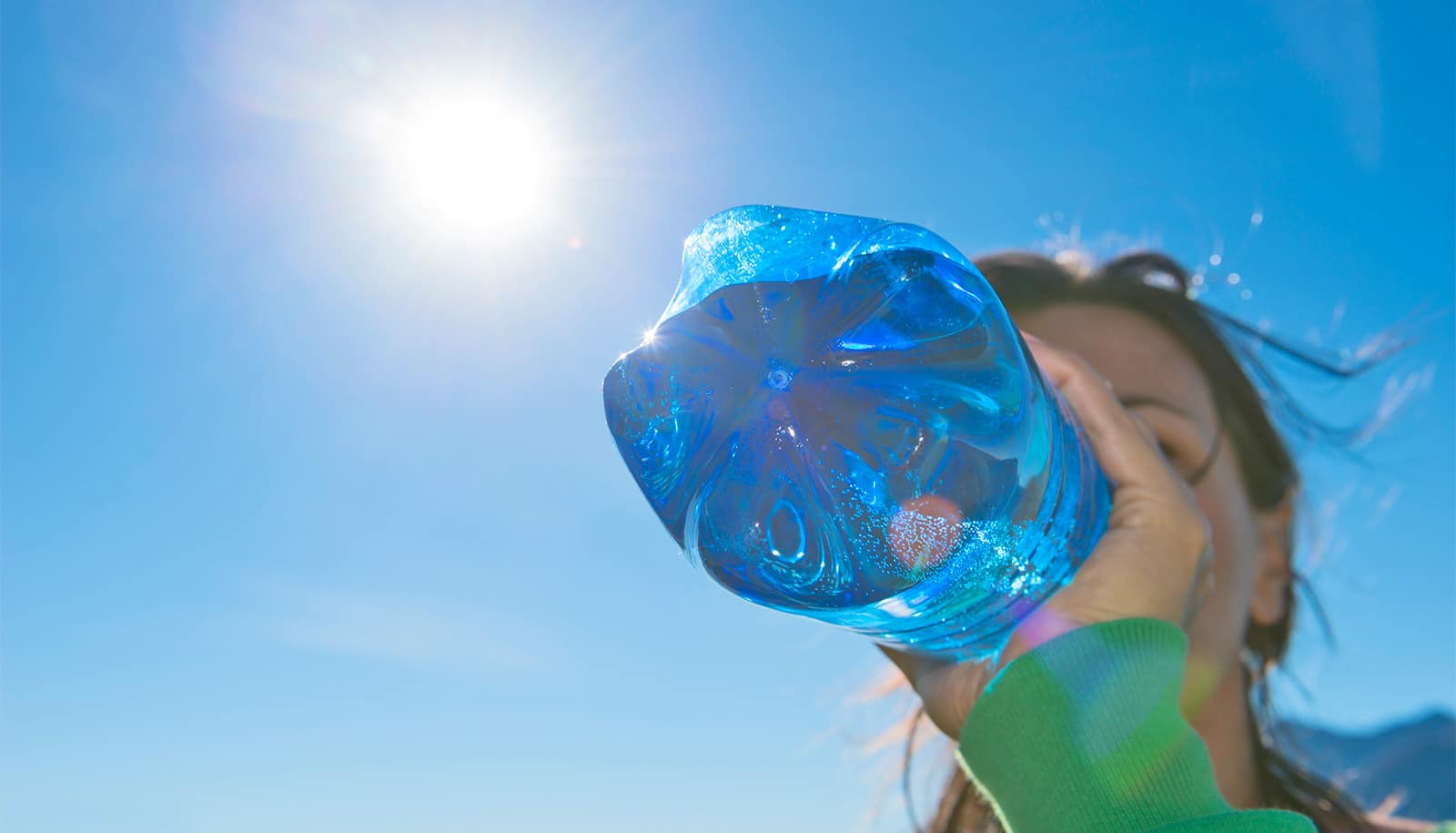For the first time, researchers have observed and captured the freezing of water into a type of extraterrestrial ice called ice VII (“ice seven”), usually found in environments like icy planetary collisions.
In addition to helping scientists better understand those remote worlds, the findings could reveal how water and other substances undergo transitions from liquids to solids. Learning to manipulate those transitions might open the way someday to engineering materials with exotic new properties.

“These experiments with water are the first of their kind, allowing us to witness a fundamental disorder-to-order transition in one of the most abundant molecules in the universe,” says study lead author Arianna Gleason, a postdoctoral fellow at Los Alamos National Laboratory and a visiting scientist in the Extreme Environments Laboratory of Stanford University’s School of Earth, Energy, & Environmental Sciences.
Scientists have long studied how materials undergo phase changes between gas, liquid, and solid states. Phase changes can happen rapidly, however, and on the tiny scale of mere atoms. Previous research has struggled to capture the moment-to-moment action of phase transitions, and instead worked backward from stable solids in piecing together the molecular steps taken by predecessor liquids.
“There have been a tremendous number of studies on ice because everyone wants to understand its behavior,” says study senior author Wendy Mao, an associate professor of geological sciences and a Stanford Institute for Materials and Energy Sciences (SIMES) principal investigator. “What our new study demonstrates, and which hasn’t been done before, is the ability to see the ice structure form in real time.”
The world’s most powerful X-ray laser
Those timescales became achievable thanks to the Linac Coherent Light Source, the world’s most powerful X-ray laser located at the nearby SLAC National Accelerator Laboratory.
There, the science team beamed an intense, green-colored laser at a small target containing a sample of liquid water. The laser instantly vaporized layers of diamond on one side of the target, generating a rocket-like force that compressed the water to pressures exceeding 50,000 times that of Earth’s atmosphere at sea level.
As the water compacted, a separate beam from an instrument called the X-ray Free Electron Laser arrived in a series of bright pulses only a femtosecond, or a quadrillionth of a second, long. Akin to camera flashes, this strobing X-ray laser snapped a set of images revealing the progression of molecular changes, flip book-style, while the pressurized water crystallized into ice VII.
The phase change took just 6 billionths of a second, or nanoseconds. Surprisingly, during this process, the water molecules bonded into rod shapes, and not spheres as theory predicted.

The platform developed for this study—combining high pressure with snapshot images—could help researchers probe the myriad ways water freezes, depending on pressure and temperature. Under the conditions on our planet’s surface, water crystallizes in only one way, dubbed ice Ih (“ice one-H”) or simply “hexagonal ice,” whether in glaciers or ice cube trays in the freezer.
The only ice volcano on Ceres might vanish
Delving into extraterrestrial ice types, including ice VII, will help scientists model such remote environments as comet impacts, the internal structures of potentially life-supporting, water-filled moons like Jupiter’s Europa, and the dynamics of jumbo, rocky, oceanic exoplanets called super-Earths.
“Any icy satellite or planetary interior is intimately connected to the object’s surface,” Gleason says. “Learning about these icy interiors will help us understand how the worlds in our solar system formed and how at least one of them, so far as we know, came to have all the necessary characteristics for life.”
The study appears online in the journal Physical Review Letters.
Additional coauthors of the study are from Los Alamos National Laboratory; SLAC National Accelerator Laboratory; Sandia National Laboratories; and Lawrence Livermore National Laboratory.
Did hot impact melt ice to make valleys on Mars?
The National Science Foundation, the Los Alamos National Laboratory, the US Department of Energy Office of Science, Fusion Energy Science, and the SLAC National Accelerator Laboratory provided funding for the research.
Source: Adam Hadhazy for Stanford University



